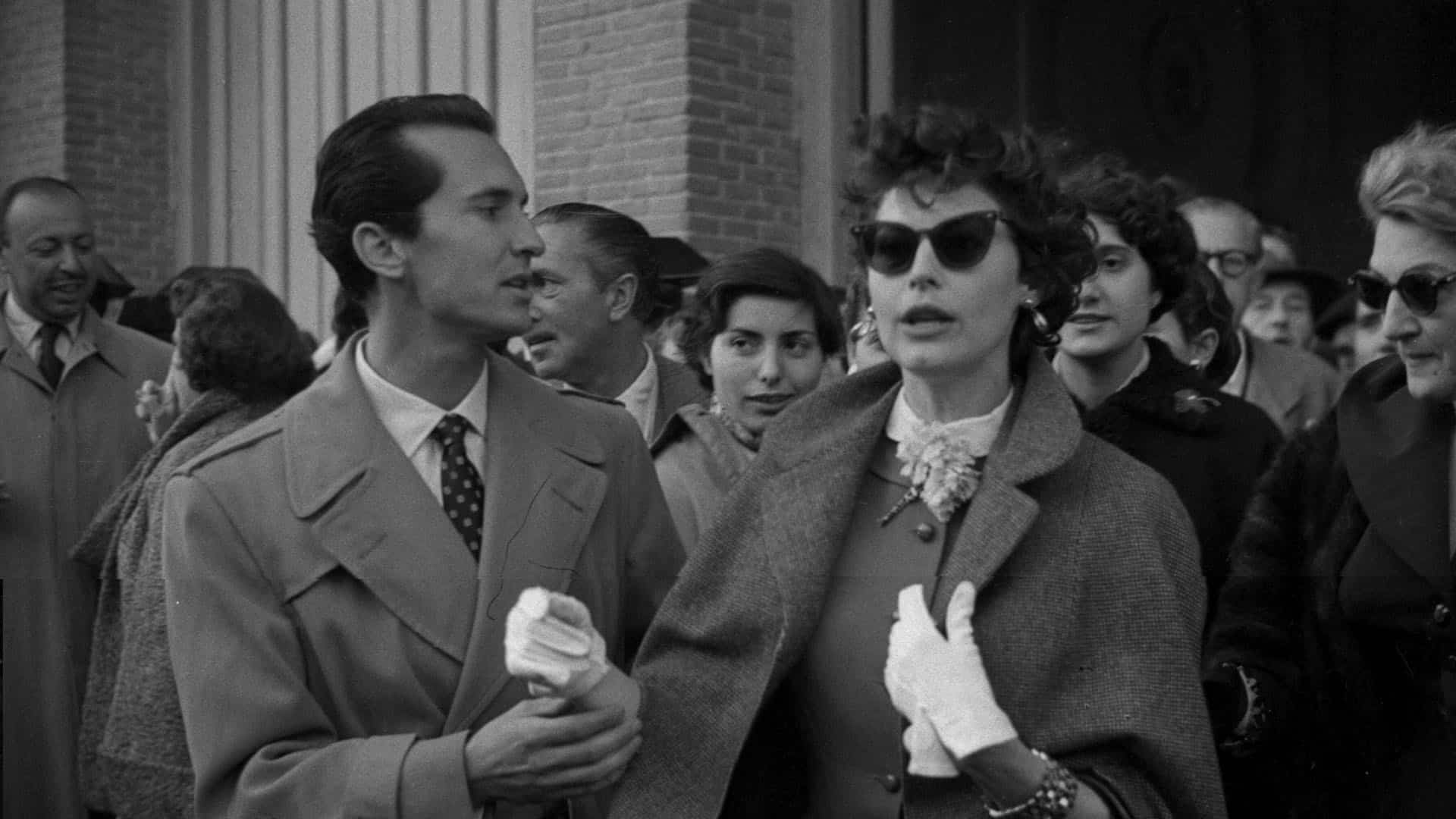In the “Mad about Hollywood” exhibition, we take a look back at the impact Hollywood made on Madrid and the surrounding area during the 1950s and 1960s.

You’re getting blind.
Don’t miss the best of visual arts. Subscribe for $9 per month or $108 $90 per year.
Already suscribed ?
Read More: Pictures From One Summer in Italy



